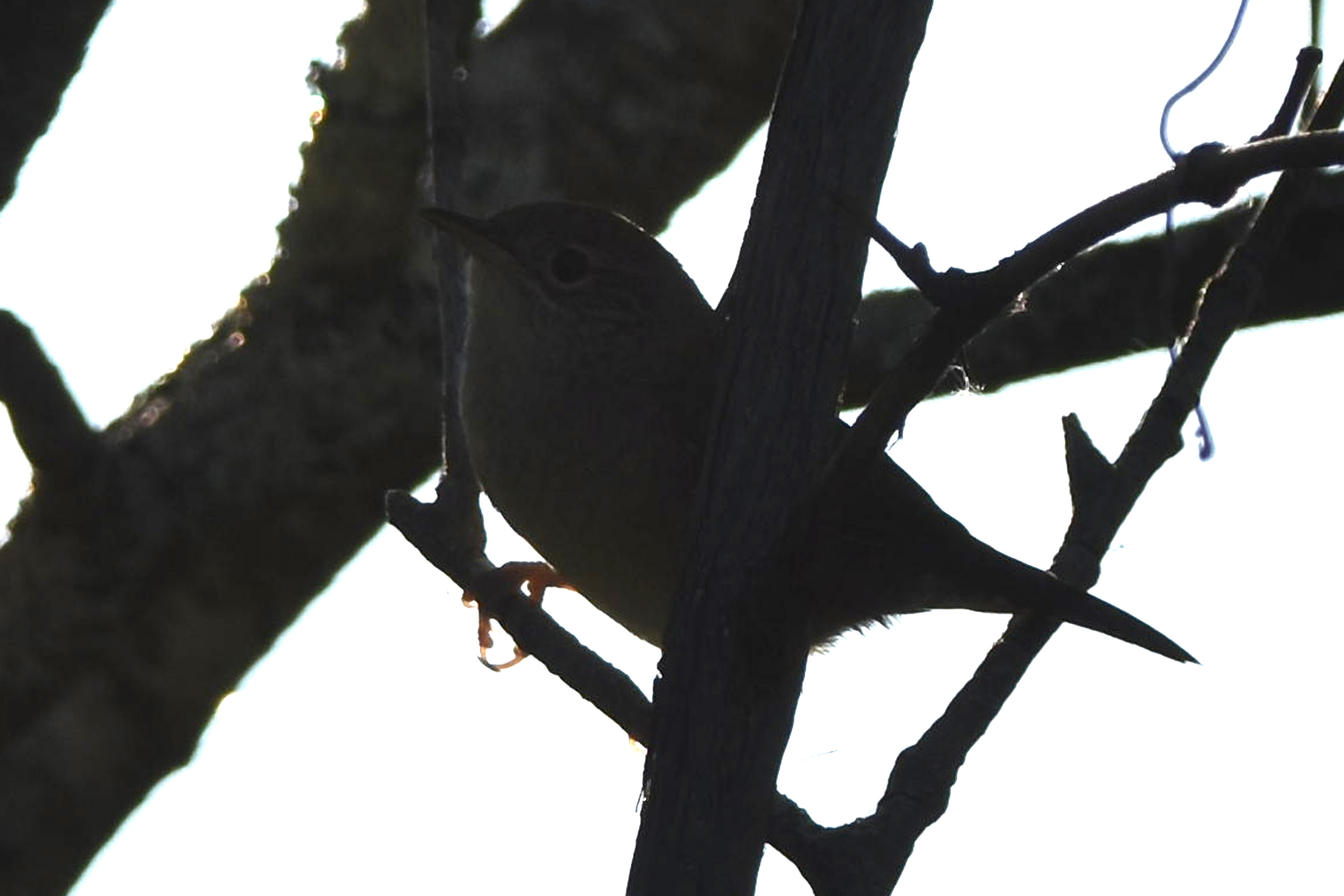
The Connecticut Warbler (Oporornis agilis) is a small passerine bird that breeds in the boreal forests of Canada and the Great Lakes region of the United States. It measures around 5.5 inches in length, with a wingspan of about 8 inches. It weighs approximately 0.4-0.5 ounces, making it one of the smallest warblers.
This bird is named after the state of Connecticut, where the first specimen was collected in 1812. It has distinctive field marks, including a grayish-blue head, a yellow-green back, and a gray breast with a thin black necklace. Its wings and tail are brown with white edges, and it has a yellow eye-ring. The female Connecticut Warbler is similar in appearance to the male, but with a duller plumage.
The Connecticut Warbler is a long-distance migrant, spending its winters in the northern part of South America. It travels thousands of miles each year to reach its breeding grounds, arriving in late May or early June. During migration, it is rarely seen as it tends to stay in dense vegetation. In the breeding season, it prefers to nest in moist areas with dense shrubbery or undergrowth, and it feeds on insects, spiders, and berries.
Unfortunately, the Connecticut Warbler is considered a species of special concern due to habitat loss and fragmentation caused by logging, agriculture, and urbanization. Its breeding range has also been impacted by climate change, as warmer temperatures are altering the distribution of boreal forests. Conservation efforts are underway to protect and restore its breeding and wintering habitats, as well as to increase public awareness of this fascinating bird species.
